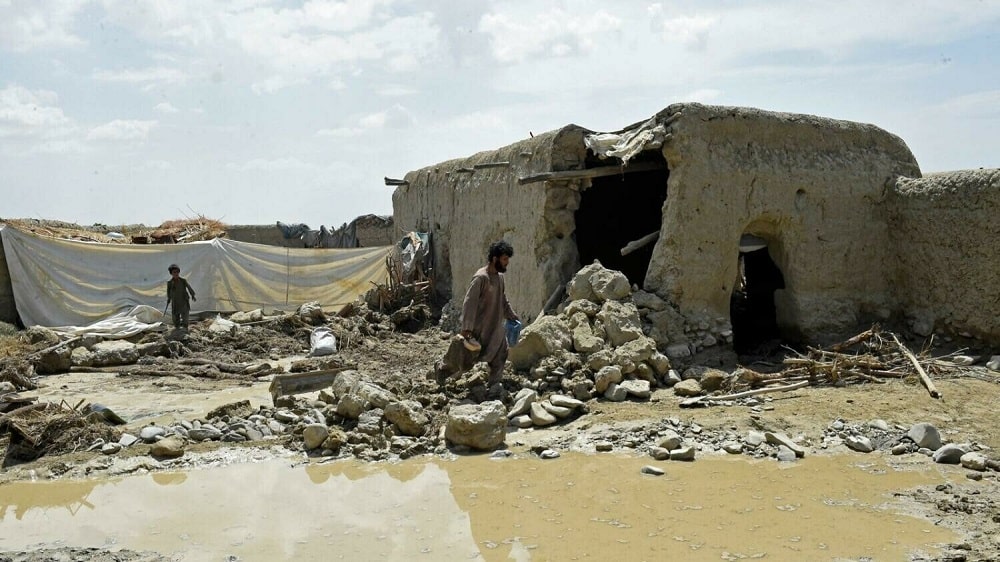Economic losses of an estimated $30 billion were caused by floods last year with Sindh affected the most in terms of population, infrastructure, houses, and livestock.
According to SBP’s latest estimates, more than 33 million people were affected by the catastrophic floods with more than 1,700 casualties recorded. 2.3 million houses, 13 thousand kilometers of roads, and more than 400 bridges also sustained extensive damage affecting accessibility and connectivity to several flood-hit areas with rescue and relief operations disrupted. As per the latest estimates, the extreme floods and ensuing large-scale destruction have resulted in overall economic losses amounting to $30 billion.
The long spell of monsoon rains and the subsequent flash floods in FY23 caused widespread devastation in Pakistan at a time when the country was grappling with various macroeconomic challenges.
The floods inundated 94 districts, mostly in Balochistan, Sindh, and Khyber Pakhtunkhwa (KP), affecting 19 out of the 25 poorest districts in the country. In the aftermath of these historic floods, millions of people, crops, livestock, essential infrastructure, and human settlements were severely affected.
Economic Destruction
Sectors that sustained the most damage are housing at Rs. 1.2 trillion ($5.6 billion), agriculture, food, livestock, and fisheries at Rs. 800 billion ($3.7 billion), and transport and communications at Rs. 701 billion ($3.3 billion). The transport and communications sector has the highest reconstruction and recovery needs at Rs. 1.1 trillion ($5.0 billion), followed by agriculture, food, livestock, and fisheries at Rs. 854 billion ($4.0 billion), and housing at Rs. 592 billion ($2.8 billion).
The record flooding undermined growth prospects in all sectors of the economy. The agriculture sector witnessed pronounced losses, emerging from damage to crops and livestock, which led to a slowdown in the industry and services through various channels. Moreover, this has also raised concerns about food security, necessitating the import of food grains to meet the supply-demand gap.
The changing rainfall patterns and extreme weather events show the increased vulnerability of the country to climate change. It is likely that the area affected by floods is likely to increase in the future on the back of intense rainfalls and rapidly melting glaciers. Against this backdrop, Pakistan has to develop and adopt a multipronged strategy to mitigate the effects of climate change and deal with natural disasters effectively.


























